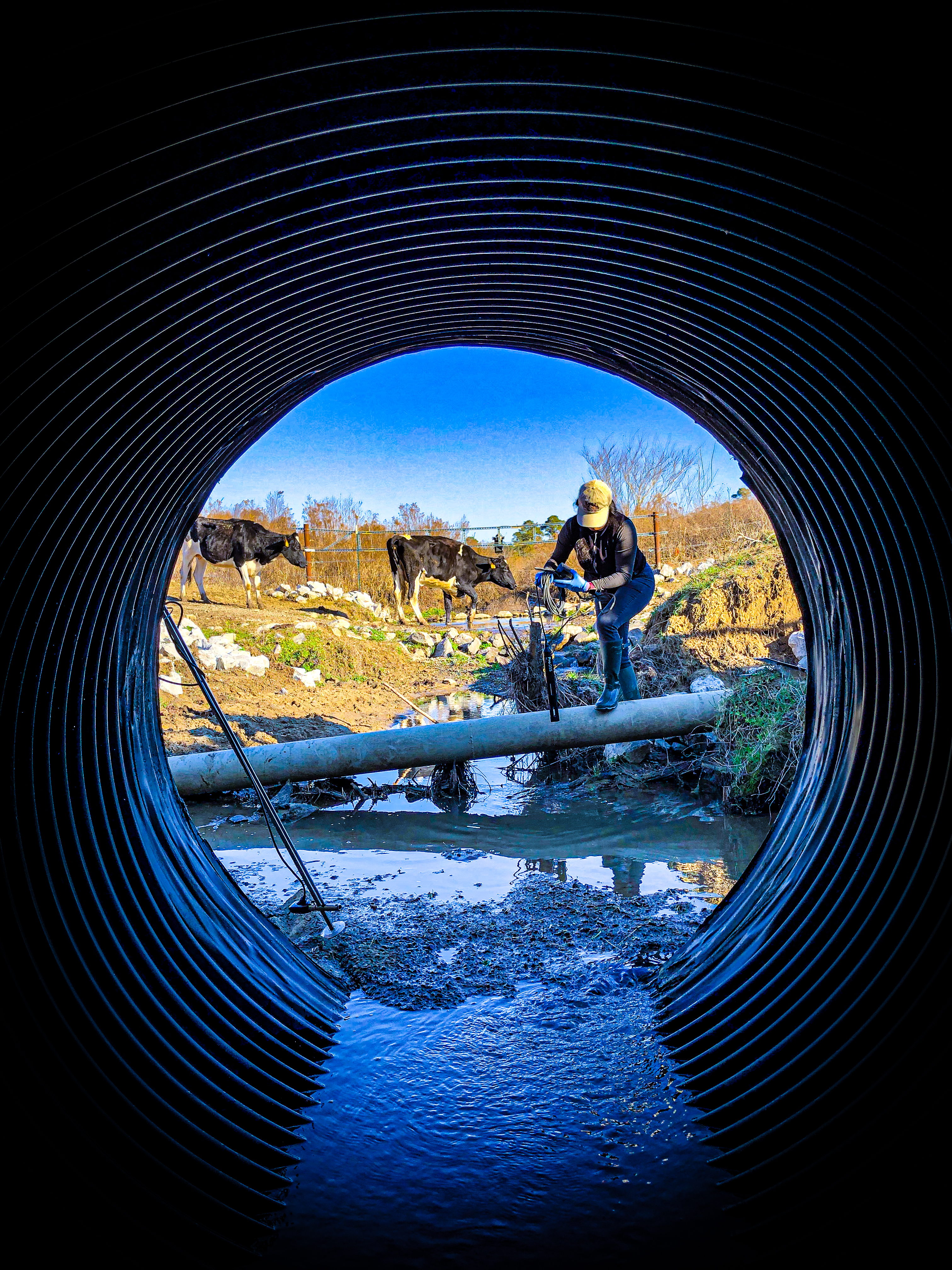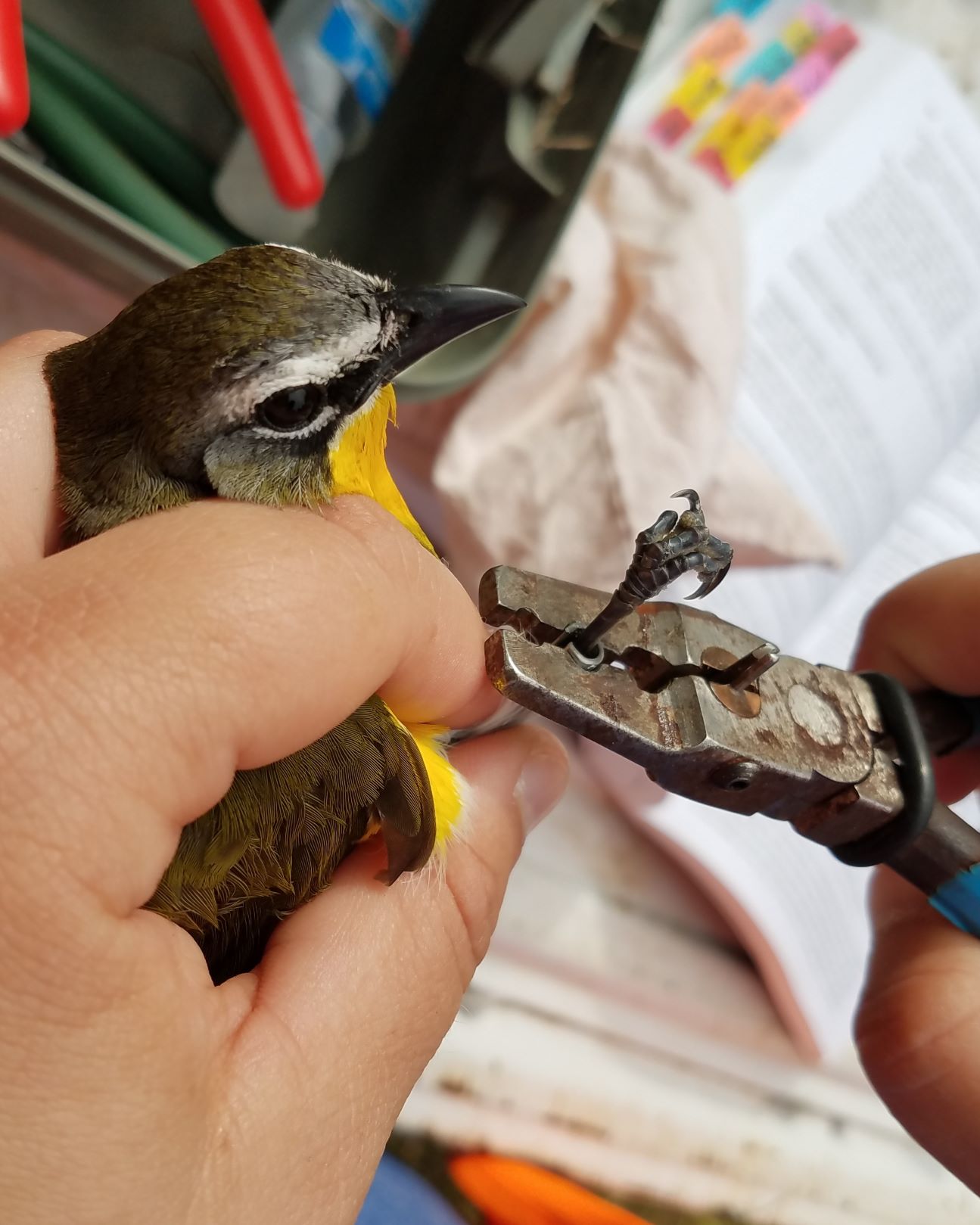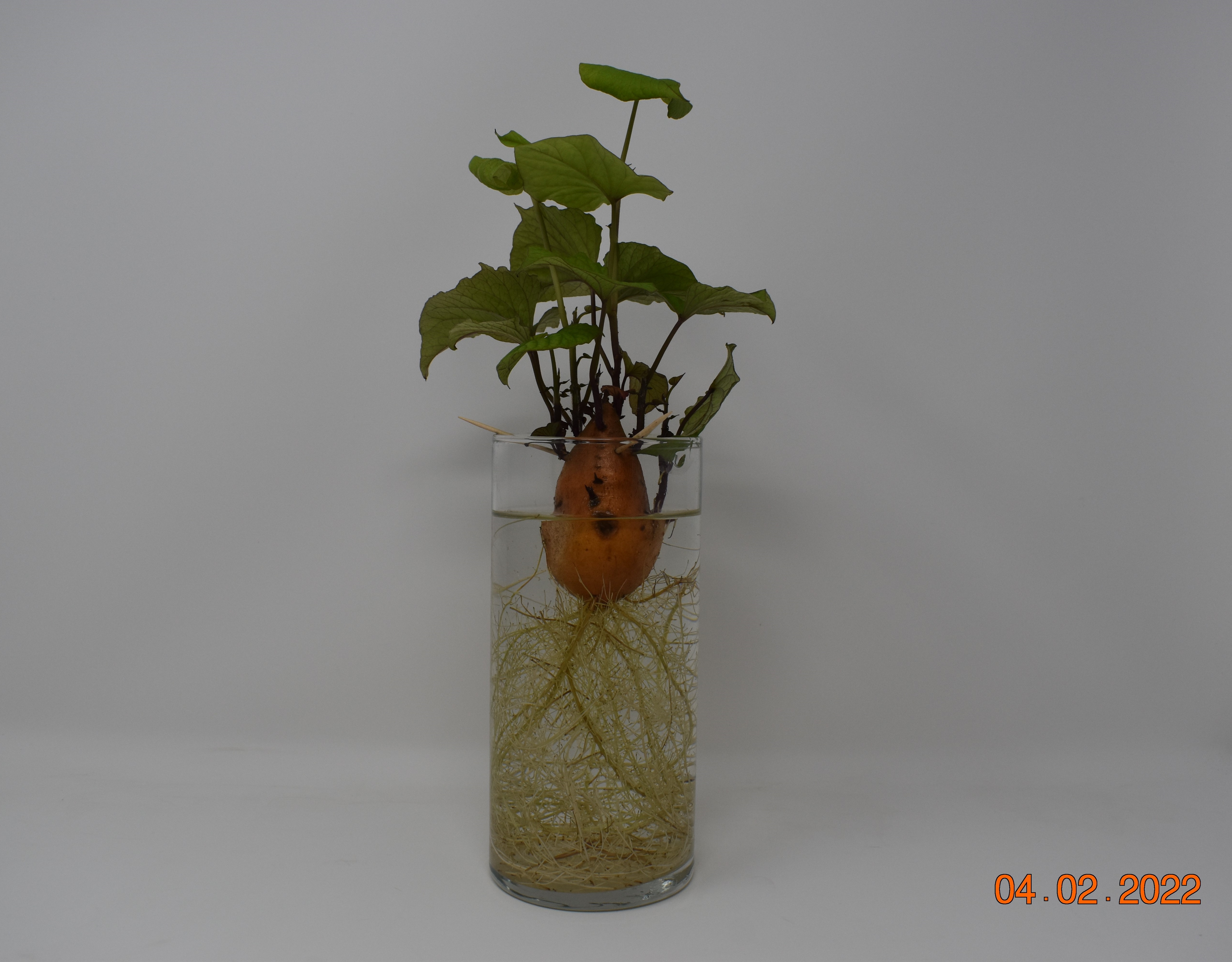IMAGE OF RESEARCH 2022 WINNERS

First Place
Assessing Effects of Livestock Production on Stream Water Quality
Name: Lorena Chavarro-Chaux
Level: Master's
Department: Richard A. Rula School of Civil and Environmental Engineering
Livestock production is one of the leading causes of impairments of the nation's waters. The accelerated population growth, along with the increased urban development and food production, triggers high runoff volumes with excessive nutrient contributions, sediments, and pathogens that are carried into the streams. The MSU’s Joey Bearden Dairy Research Center allows MSU researchers from different colleges and departments, to quantify and evaluate these impacts. The in-situ measurement of water quality parameters is pictured here in a location where the unrestricted stream animal access is evident, allowing the direct contribution of unwanted contaminants. Another form of human intervention is depicted with the culvert pipe, which increases streamflow velocities causing downstream erosion. Under these conditions, the stream has been deteriorated affecting the quality and quantity of water. Research results are expected to contribute management alternatives oriented to decrease its impairment.

Second Place Tie
A Feeling Like No Other
Name: Rebecca Bracken
Level: PhD
Department: Wildlife, Fisheries, and Aquaculture
On a calm, hot, and humid summer morning, I woke up knowing that I would be spending the day patiently waiting. The anticipation of not knowing what birds would end up in the mist nets that I had scattered in a cluster of pine trees is sometimes enough to drive me crazy. Happily, on this morning I was successful in capturing several individuals including this Yellow-breasted Chat. I quickly removed the bird from the net, ensuring its safety, and placed a USGS band on its leg. This band contains a number, much like a social security number, that uniquely identifies the bird. This allows us to record metrics specific to this bird which can be compared to other individuals of the same species. This little bird, with its tiny metal band, contributes to the monitoring of our avian communities here in Mississippi and to all bird populations in the US.

Second Place Tie
Frozen in Time; A Snapshot of an Environmental Moment
Name: Macy Gosselaar
Level: Master's
Department: Forestry
Forests play an important role for the global environment. Trees and forests can reduce pollutants by absorbing them from the soil through their roots, making them less harmful to the surrounding environment. Heavy rains have washed massive amounts of excessive nitrogen from farmlands and other sources along the Mississippi River into the Gulf of Mexico. Excessive nitrogen reduces the amount of oxygen available in the gulf, making it impossible for marine life to survive. By planting combinations of Poplar tree species, we can create environmental conditions where trees work together to absorb this excessive nitrogen before it enters the Mississippi River. We can determine the best condition for absorbing nitrogen through genetics. Pictured here is a frozen leaf sample. By freezing a leaf sample on dry ice, we can analyze the gene expression for nitrogen uptake, providing a "snapshot" of how trees and the environment interact in a given moment.

People’s Choice
Study of Sweetpotato Root Exudates for Sustainable Weed Management
Name: Varsha Singh
Level: PhD
Department: Plant and Soil Sciences
I am working to find sweet potato varieties that release some natural compounds from their roots, which can control weeds in the field. We grow different sweetpotato varieties in water using glass jars in our lab. The water from the jar is analyzed every week for any weed-suppressing natural chemicals (allelochemicals) released by the sweetpotato roots. As the root growth increases, allelochemical production also increases, which can lead to better weed suppression. The success of this experiment can find sweetpotato varieties with natural weed suppressing properties, which will help reduce the use of chemical herbicides and also develop varieties for organic farming system.
2022 HONORABLE MENTIONS
Destroyed but Not Forgotten: Armenians in Azerbaijan
Name: Larra M Diboyan
Level: Master's
Department: Anthropology and Middle Eastern Cultures
Role of mycolactone in the ecological persistence of Mycobacterium ulcerans
Name: Magdalene Dogbe
Level: PhD
Department: Biological Sciences
Addressing Food Refusal
Name: Rita Druffner
Level: PhD
Department: Counseling, Educational Psychology, and Foundations
The G. O. A. T.
Name: Jacinda Leopard
Level: Master's
Department: Food Science, Nutrition and Health Promotion
Interactive Doodle Notes
Name: Karly Lyons
Level: PhD
Department: Geosciences
To Be Womanly Always, Discouraged Never
Name: Jordan Wesley
Level: Master's
Department: History
Learning from the resilience of herbicide-resistant weeds
Name: Vanessa Francieli Vital Silva
Level: PhD
Department: Plant and Soil Sciences
How Wildfire Can Lead to Catastrophic Geohazards?
Name: Masood Abdollahi
Level: PhD
Department: Richard A. Rula School of Civil and Environmental Engineering
Bachman's Sparrow: A Friend of Fire
Name: Holly Todaro
Level: Master's
Department: Wildlife, Fisheries, and Aquaculture
Mother and Cub: Evidence of Mississippi’s Recovering Bear Population
Name: Lacy Dolan
Level: PhD
Department: Wildlife, Fisheries, and Aquaculture
Radio-Collared Mississippi Bobwhite
Name: Olivia Lappin
Level: Master's
Department: Wildlife, Fisheries, and Aquaculture
Additional information about The 2021 Image of Research Competition can be viewed in this press release!